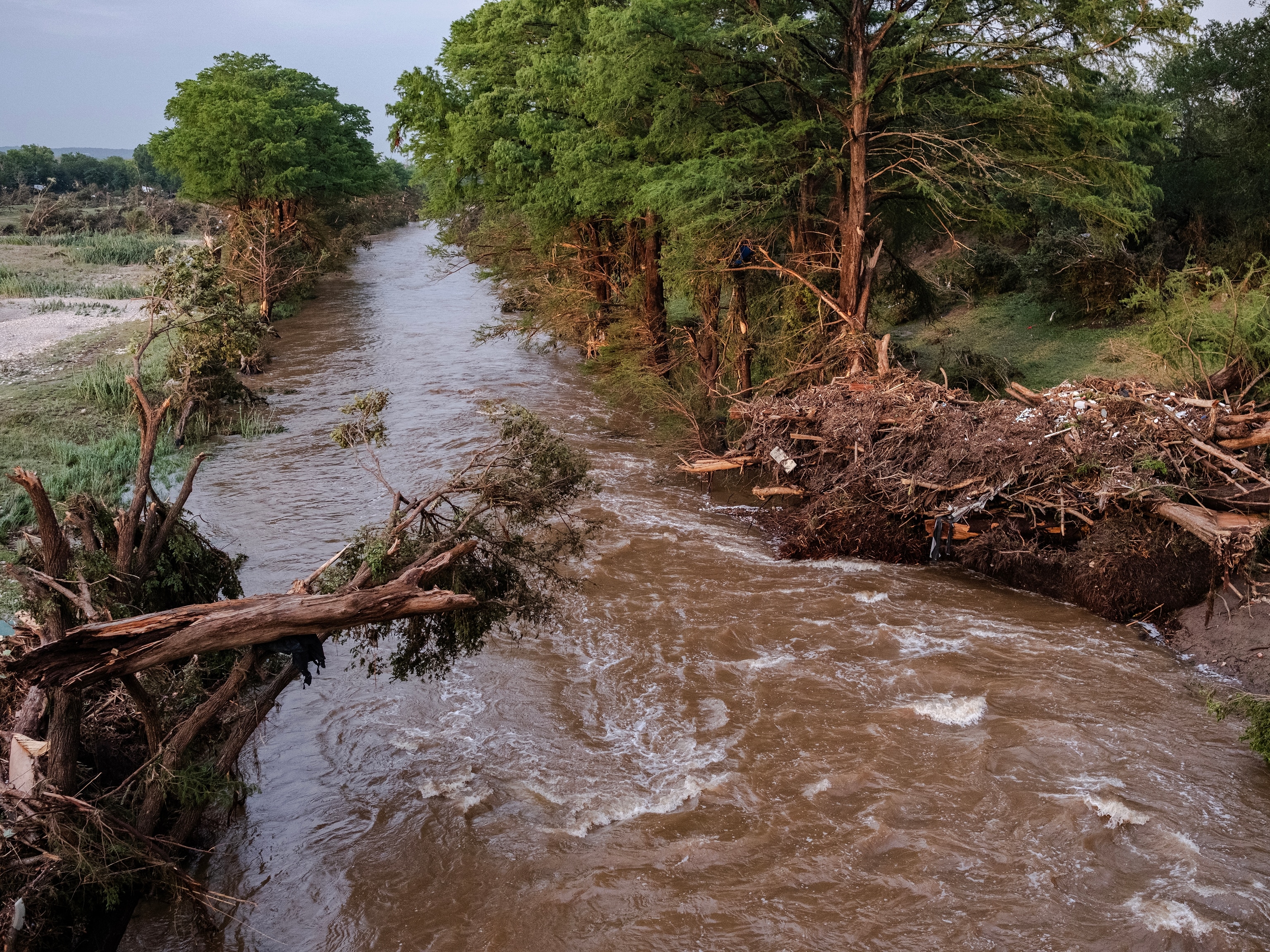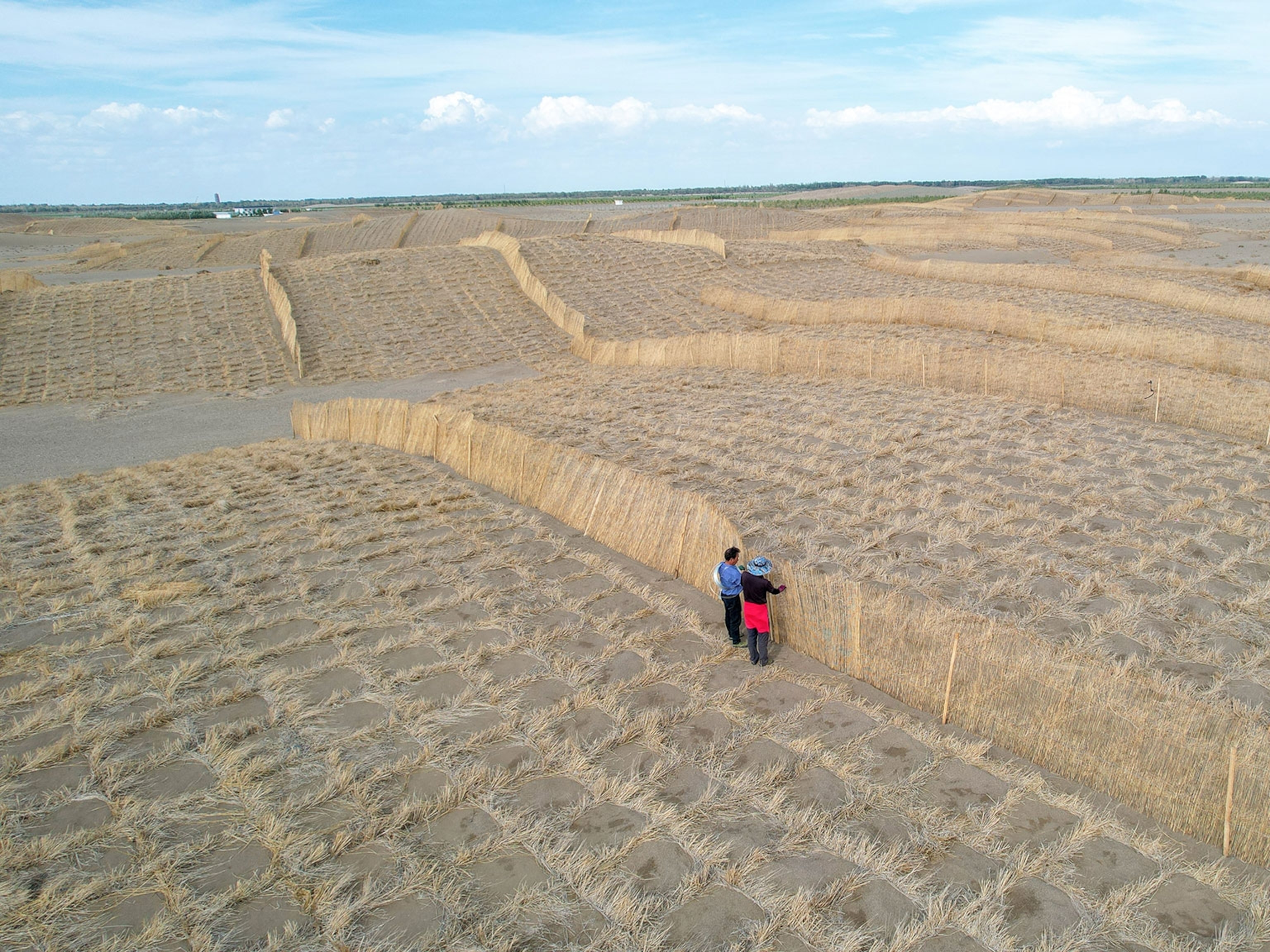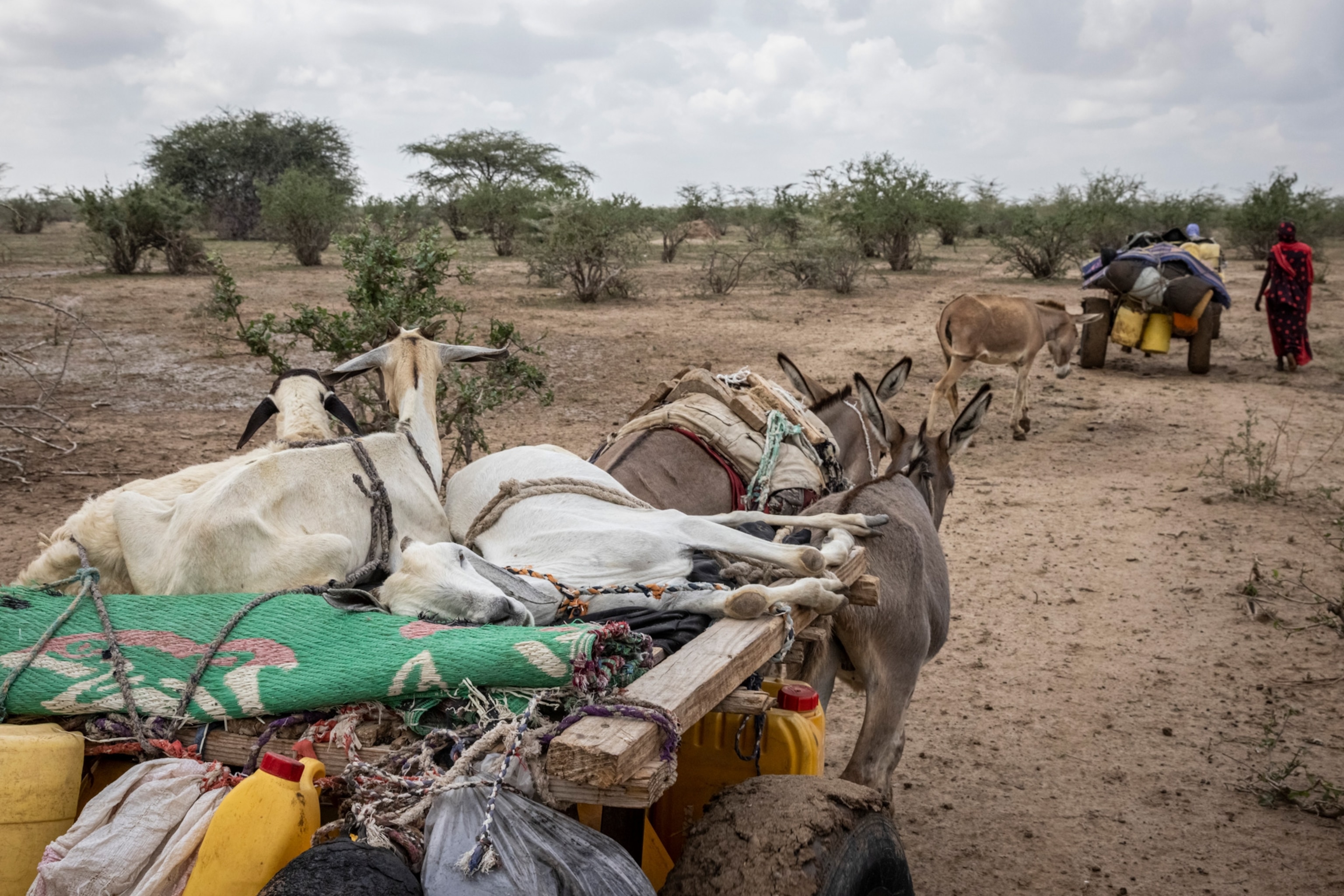
Historic drought looms for 20 million living in Horn of Africa
The climatic phenomenon known as La Niña is preventing nourishing rains for the fourth season in a row, putting East Africa on the “brink of catastrophe.”
As many as 20 million people in four African countries are facing extreme hardship and food shortages as an exceptionally long and severe drought grips the eastern Horn of Africa. Three rainy seasons in a row have failed to materialize. Now scientists and relief agencies fear that the next forecast one—scheduled to bring rain to Djibouti, Ethiopia, Kenya, and Somalia this month—will follow suit.
If that happens, it will mark the longest drought the region has experienced in four decades, as climate change brings a succession of extreme weather events to a part of the world ill-equipped to withstand them.
“We are most definitely now sitting on the brink of catastrophe,” said Rein Paulsen, director of emergencies and resilience at the UN Food and Agriculture Organization (FAO), last month. “Time is running out.”
Michael Dunford, Regional Director for the East African bureau of the UN World Food Programme (WFP), added: “Harvests are ruined, livestock are dying, and hunger is growing.”
Hope now rests on seasonal rains over the coming weeks. Unfortunately, the forecast is not promising—and perhaps unsurprisingly, it appears climate change is largely to blame. As part of the Famine Early Warning Systems Network (FEWS NET), Chris Funk and colleagues at the University of California, Santa Barbara Climate Hazards Center use climate models to generate maps of rainfall estimates around the world. They have found that the root of the Horn of Africa’s recent droughts can be found far to the east, in the warm (and warming) waters of the western Pacific Ocean, and in the climatic phenomenon known as La Niña.

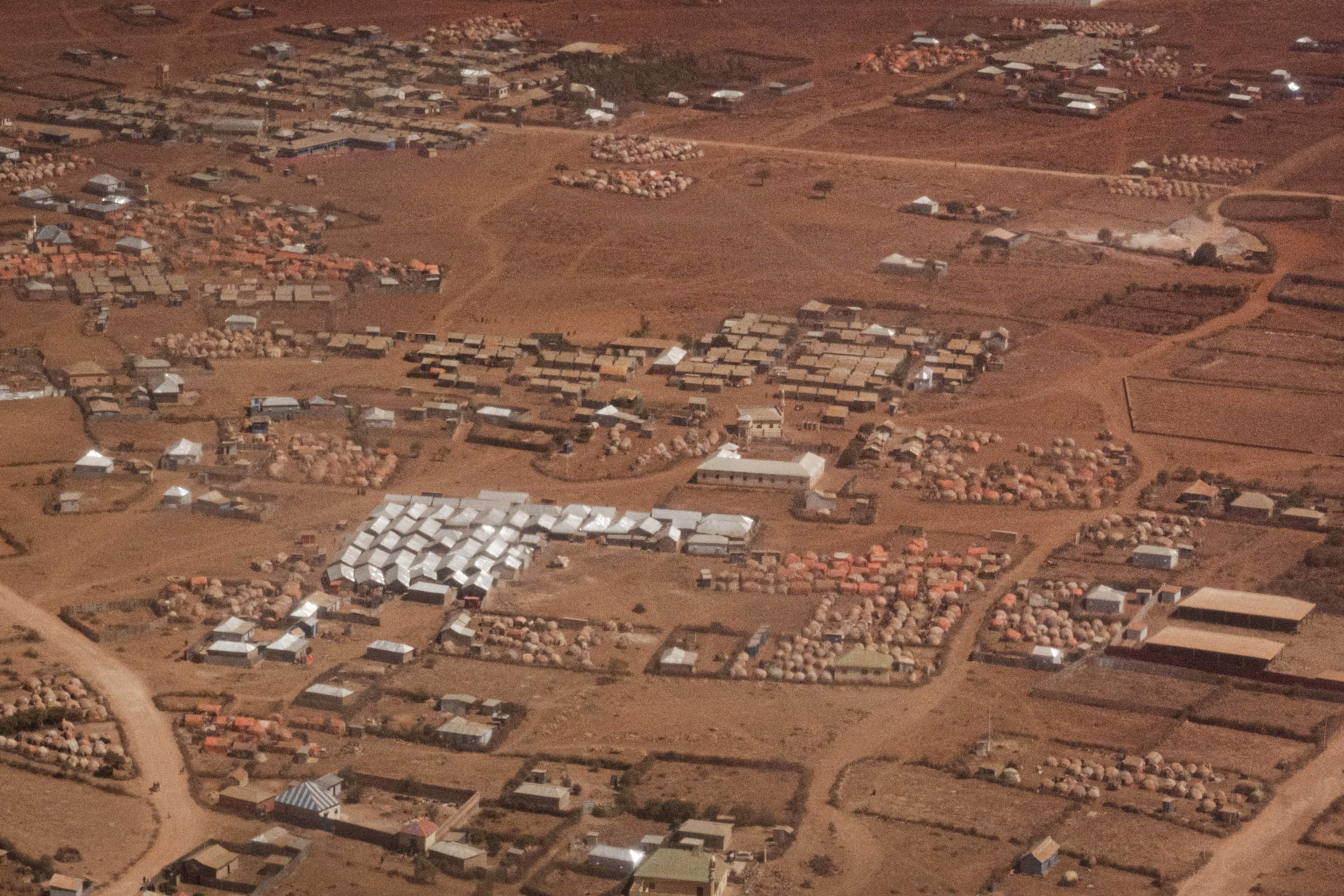
Warmer waters, less moisture
The impacts of La Niña and its sibling El Niño—together known as the El Niño Southern Oscillation (ENSO)—are well established in the countries around the Pacific Rim. In the United States, for example, La Niña generally prompts drier winters in the South and Southwest and colder winters in the North, while El Niño induces warmer northern winters and cooler, wetter conditions in the South. But their reach extends across much of the globe, including Africa.
When the sea surface is warmer in the western Pacific—as is the case under La Niña conditions—the air over Indonesia warms, rising and traveling west as far as East Africa. There it collides with air traveling in the opposite direction from the Atlantic, and sinks. That creates hot, dry conditions that also act as a barrier to incoming moisture from the Indian Ocean. (This graphic from the U.S. National Oceanic and Atmospheric Administration illustrates the process.)
The connection has not always been so clear-cut; between 1950 and 1997, only 28 percent of La Niña events were followed by poor rains in the eastern Horn of Africa. However, Funk explains, “following the 1997-98 El Niño, temperatures in the western Pacific increased and have remained high relative to the previous half-century.”
Since then, he notes, approximately 80 percent of La Niña events are followed by a meager rainy season. And, to add insult to injury, as the western Pacific warms, La Niñas also now occur more frequently: There were 12 recorded between 1954 and 1998 and another 12 since then, including the last two years.
Unfortunately, Funk continues, there is little sign of a let-up. “Current sea surface temperature observations and forecasts continue to resemble many recent dry March-to-May rainy seasons,” he says, which suggests strongly that a fourth consecutive failed rainy season is in store.

Dire scenes in Kenya
In a blog post, WFP’s Tomson Phiri describes the scene in parts of rural Kenya. At one pastoral family’s homestead, he writes, the land was “virtually empty and silent, with no livestock in sight. On any given day, they would have had between 200 to 300 animals—camels, cattle, goats and sheep.” The drought, he writes, is “widespread, severe, and likely to grow worse.”
Dead livestock, killed by thirst and hunger, are common along roadsides. As water levels fall, so too does access to clean drinking water. With harvests as much as 70 percent below normal levels, food prices are skyrocketing; Phiri notes that “the amount of cereal that could be purchased with the sale of a goat has dropped in some cases by up to 40 percent below the five-year average in Kenya, and by over 80 percent in parts of Somalia.”
And yet, the situation could still worsen.
Prior to 1999, the countries in the eastern Horn of Africa typically experienced two rainy seasons each year—a so-called “short” season in October-December, and a long season in March-May. But approximately every five to six years the area would suffer a period of drought as one of the rainy seasons failed..
Since 1999, however, on average “poor March to May rains are coming every two to three years.” A single failed rainy season can cause hardship. Two in a row can create famine, as when 260,000 people, half of them children, died in Somalia following back-to-back droughts in 2010 and 2011. If the upcoming season were to fail, it would be the fourth in a row, plunging the region into a drought of a length not experienced since 1981 and placing as many as 20 million people at risk.
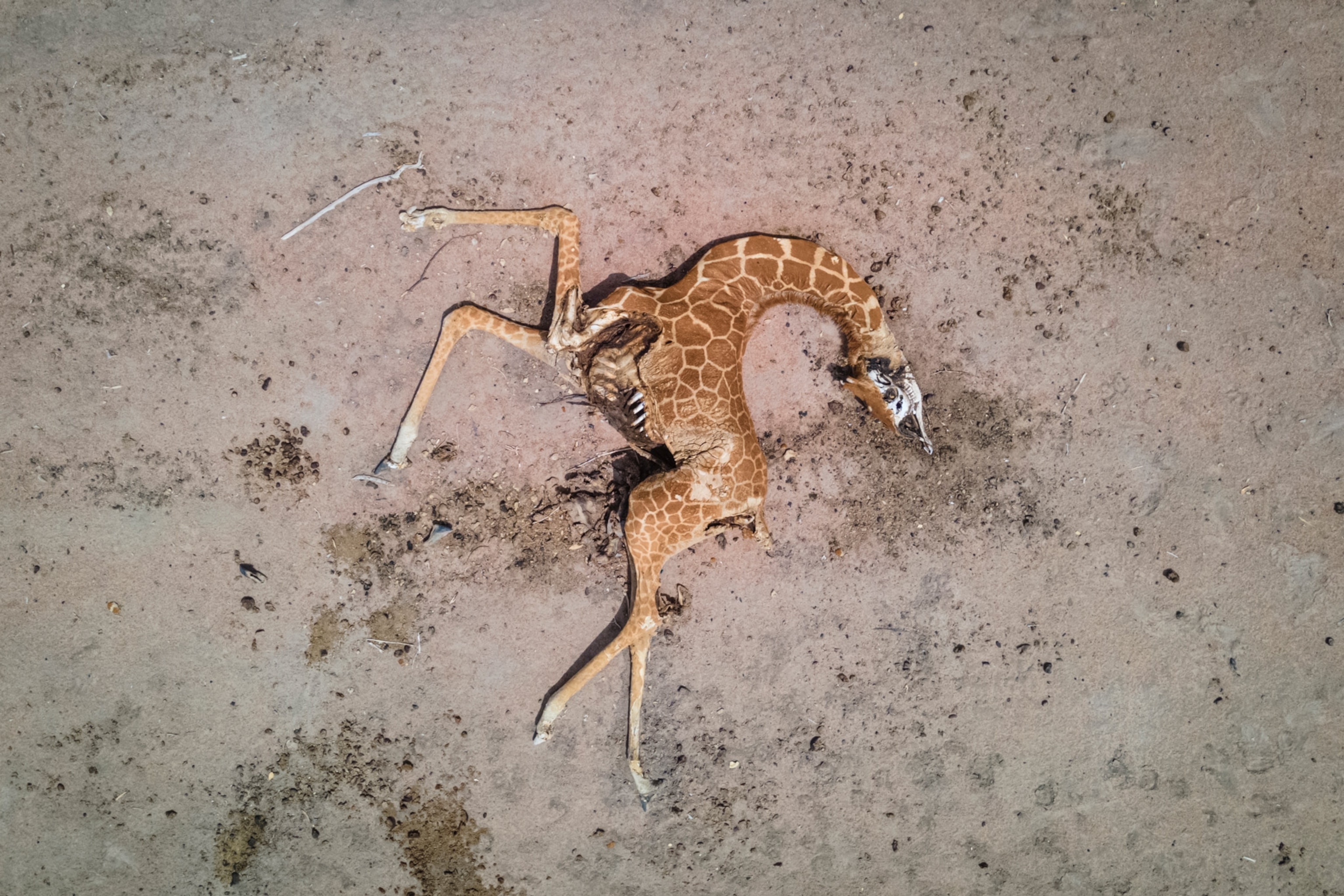
Even that does not tell the whole story. Since the October-December rain season in 2016, rains have failed six times. On three of the occasions when rains have come, they have been so heavy that they have caused flooding.
Extreme rains in October to December 2019 were the wettest in East Africa for more than 40 years and affected an estimated 3.5 million people, resulting in a reported 350 deaths and killing approximately 96,000 animals. The explosive vegetation growth prompted by the rains provided food for locusts, which erupted into the largest swarms Kenya had seen for 70 years. In February 2020, local media reported that one single swarm had reached more than 900 square miles, making it perhaps the largest on record in the country.
These massive rains may also be the result of a changing climate. Funk notes not only that warmer atmospheric temperatures allow for more water vapor and hence greater precipitation, but also that the 2019 rains coincided with an extreme Indian Ocean Dipole event, a relatively recently recognized climate pattern that has been called “ENSO’s neighbor” and the “Indian Niño.”
The phenomenon had already been associated with heavier rains in East Africa. In late 2019, Funk notes, sea surface temperatures were “incredibly warm in the western Indian Ocean, in fact the warmest ever in that area, and the winds reversed across the Indian Ocean.” The net result has been a climate change-fueled battering of the eastern Horn of Africa, drought followed by drought followed by flooding, with barely an opportunity for the region to catch its breath.
The situation is further exacerbated by the fact that, as WFP’s Dunford says, “This is a region beset by conflict. We estimate there are 4.6 million people as refugees, and almost 11 million people that are internally displaced across the region.”

A glimmer of hope
WFP has been ramping up its efforts to provide humanitarian assistance, both in the form of cash and food distribution. But Dunford recognizes that this famine is striking at a particularly challenging time.
“The number of people in the region who are food insecure has almost doubled since COVID,” he says. “And then you've got massive humanitarian needs in countries like Afghanistan, in Yemen, in northern Ethiopia, where we have the conflict in Tigray.”
Additionally, donor countries are themselves only just emerging from two years of COVID and associated economic contractions, and now may face further shocks following Russia’s invasion of Ukraine.
But remarkably, there are some small shoots of hope. Funk, author of the book Drought, Flood, Fire: How Climate Change Contributes to Catastrophes, explains that the same extreme precipitation that has been causing floods and locust infestation may also be penetrating more deeply into the soil. “So, despite the fact that that rainfall is declining, and droughts are becoming more frequent, there's actually more groundwater available,” he says.
In addition to providing financial and food support, WFP has been investing in infrastructure such as boreholes to help maximize the accessibility of the water that is available and terracing to improve the productivity of the land.
“We're not in the same situation that we were in 2011—when 250,000 people died in Somalia—because of the investments and infrastructure improvements that have been made since then,” says Dunford. “However, after three consecutive failed rains, the enormity and the scale of the drought is such that people really have exhausted all their own personal resources. We have to hope that the rains come.”




